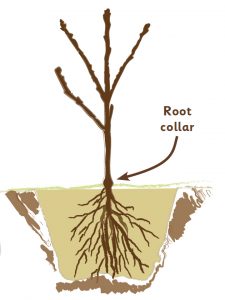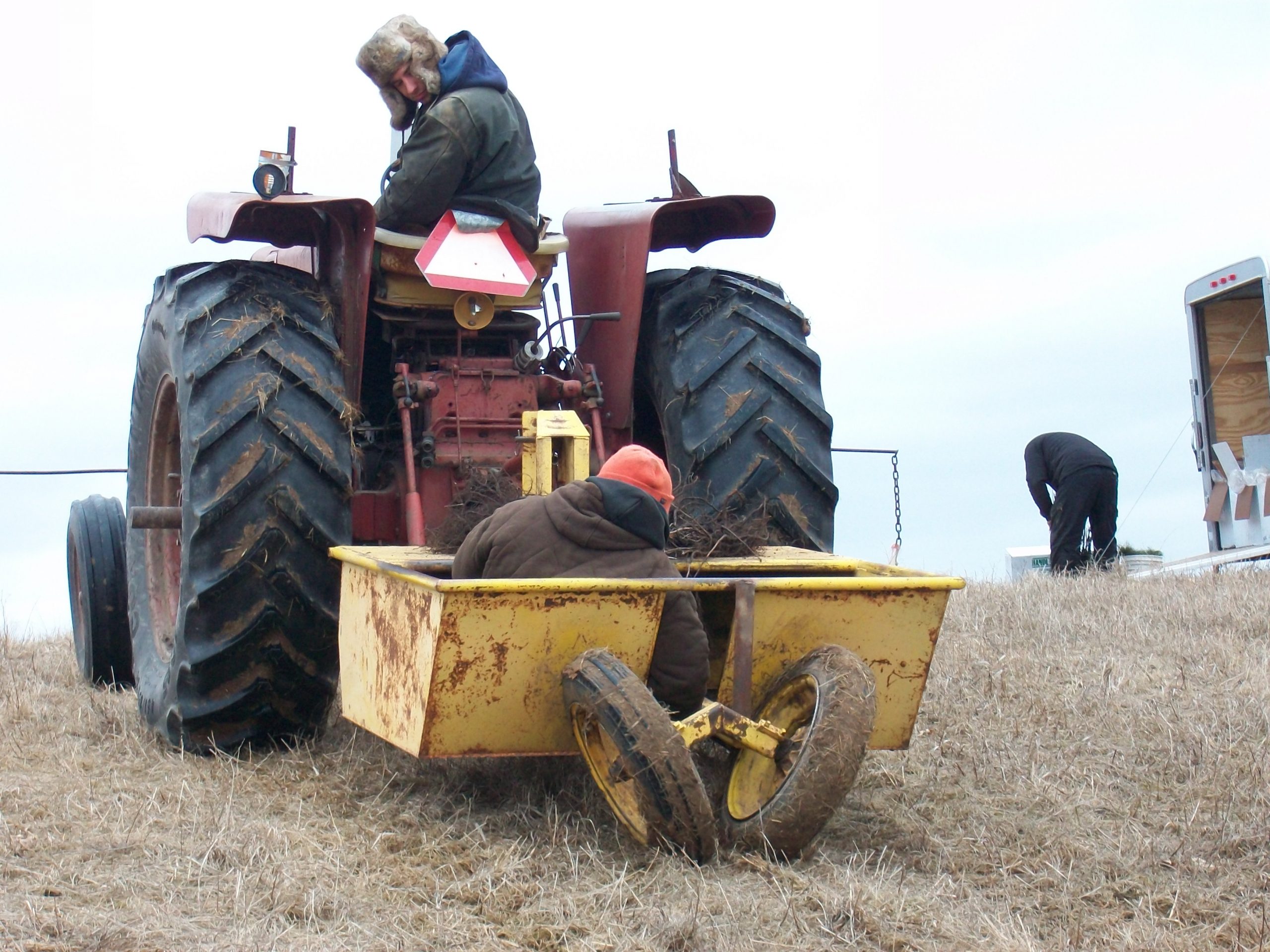A few weeks ago I had a conversation with a landowner named Julie about some tree planting her family was planning for this spring. We talked about making a plan for where and how to plant the trees they purchased (see that conversation here) and reaching out to her local DNR forester for some advice.
I followed up with her and was glad to hear she developed a plan with her forester and did some work to prepare her site for planting. They also decided on which planting tools to use and the details for the planting itself.
For many folks who have planted a tree here or there, a shovel is all they really needed. But when you are planting hundreds or thousands of trees you need tools specifically designed to make tree planting easy and efficient. These are either hand tools or machine planters (a tree planter pulled behind a tractor).
A commonly used hand planting tool is a planting bar, also called a dibble. They are designed to make a slit in the ground that you place your seedling into. You finish the planting by packing the seedling into the hole with the bar or your heel. When you get used to the tool the whole process will take less than a minute per tree. On a good day you might plant up to 500 seedlings. This publication demonstrates the process step-by-step.
Machine planting is best suited for level terrain that is not rocky or steep and is free from a lot of stumps and the tops and branches of recently harvested trees. The planter cuts roughly a ten-inch-deep furrow in the ground and then packs the soil around the seedling. One or two people will be seated in the planter placing seedings in the furrow, so it needs to be pulled by a tractor with at least 30 horsepower. With a little practice a landowner can plant around 5,000 seedlings a day.
Julie’s planting plan calls for them to do both hand planting and machine planting. They decided to do some hand planting in areas where they recently harvested trees, and machine planting in a field they are converting to trees. They arranged to use the machine planter their DNR forester manages along with some planting bars the forester had in stock. Many counties have tree planters and planting bars that you can use, and your local DNR forester is the best person to talk to about getting those and learning how to use them.
I also asked Julie about how they are going to protect the seedlings during transportation. Ideally seedlings are planted the same day they are picked up but that is not always possible. Even on the day of planting it is best to store the seedlings in a cool location that is out of the sun and wind. Julie mentioned they were going to store the seedlings overnight in their root cellar and set up a temporary shelter at the planting site to protect the seedlings from the sun and wind. When I asked her what the temporary shelter would be, she laughed and said they were going to pull one of their ice fishing shanties to the planting site.
The last thing we talked about was the planting itself. Julie’s forester gave her a great publication on the topic and demonstrated the process for her. She said she felt comfortable identifying where the root collar is so that they plant at the right depth. And she knew to make the hole big enough for the roots and to remove all the air pockets when burying the roots.

Before she left, we set a date to talk about protecting those seedlings in the coming months and how to monitor for success and any problems. Stay tuned to learn how Julie’s planting went and the steps her family is taking to ensure the trees do well.
Follow this link to set up a free walk in the woods with your local forester.
